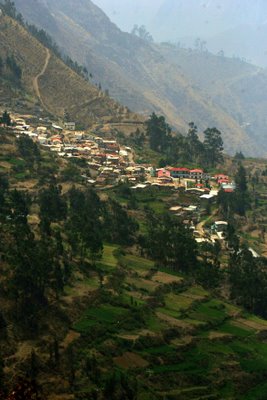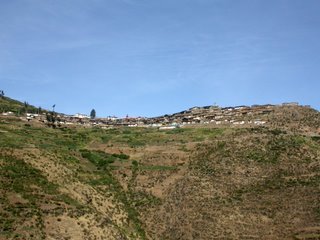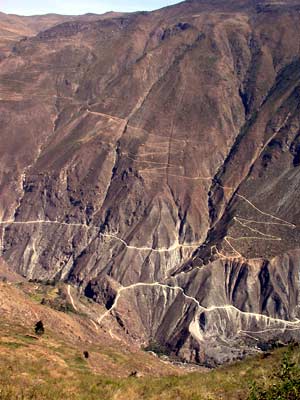Peru’s latest addition to the bird list. Northern Hawk Owl.
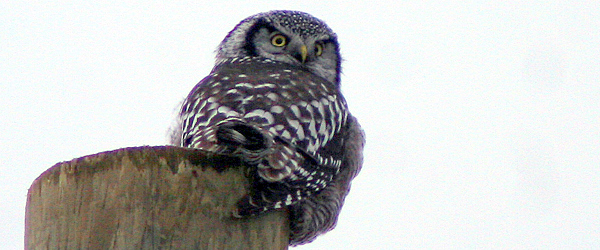
Northern Hawk Owl. Peru, NY. Photo. Corey Finger
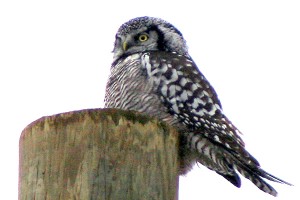
Northern Hawk Owl Peru, NY Dec 2008. Photo: Corey Finger
This bird has been seen regularly in Peru, since Dec 14 and has made birders from the US pilgrimage to see it. Few Peruvians have seen it though. It is Peru, New York that is being mentioned, but I thought I just had to write about it on a birding blog regarding Peru in South America.
Why? Well, I think it is a good opportunity, alas a bit late , to make birders in New York state aware of their “tocayo” (peruvian spanish for someone who shares the same name-namesake) – the land of the Incas and the land of the birds, here in the South. And also a opportunity for Peruvian birdwatchers to learn about birding in New York State.
Take a deep plunge into the blog of Corey Finger at www.10.000birds.com and his journey to see this bird, and the exemplary way to include the whole family in this endeavor. I owe to Corey to let me borrow his photos for this blog. Thanks!
By the way, 1000 birds is one of the most popular birding blogs in the world. It is well worth to check out on its own accord. Furthermore, the owners Corey, Mike and Charlie, organize a birdwatching blog carnival called “I and bird”, where blog articles about wild birds are selected on a bimonthly basis. I and the bird #90 is just to be released. More great pictures of the same Northern Hawk Owl can be found on Jeff Nadler’s web-site. Mouth-watering describes the pictures well. Wow!
I had the title for this blog clear for quite some time, but I needed a way to relate it a bit more to Peru in South America. I had to fish for some info. I would not really call it research or bibliography search, as I did what most people do when they need information nowadays. A google search! Two keywords! Owl and Peru. Corey’s blog scored third place, but most of the other positions were about the awe-inspiring re-discovered and mythical long-whiskered Owlet from Abra Patricia, that now actually can be seen a few 100 meters from the new comfortable lodge at Abra Patricia, The Owlet Lodge. This was the connection needed to round up this blog and take you to the REAL Peru! (Sorry, New York upstaters…you will just have to come down here to prove me wrong, if you don’t believe.)

Long-whiskered Owlet. Photo: David Gaele ECOAN/ABC
OK, we must be fair, I said the Owlet CAN be seen, but IN REALITY most groups have had to content to hear it, because of the dense vegetation. However, after recent conversations with David Guevara and Constantino Aucca of ECOAN, the Peruvian NGO that runs the lodge, trails are being put in and there are plans for a platform that in the future shall facilitate observations with minimum impact on the bird. With only 200 visitors in 2008, the very comfortable lodge could definitely take more visitors, and if managed well, there is no reason why this resource – the owlet – could become a sustainable goldmine to ECOAN’s conservation work.
The Owlet is one of the least known Owls in the world, and had not been seen in the wild until Juvenal Ccahuana and David Geale in 2007 stumbled upon one on a day perch by a muddy slippery trail a couple of hours walk from the main road.
Much of the forest around the lodge has been bought by ECOAN with funding raised by ABC (American Bird Conservancy). It is a beautiful area with many regionally endemic species such as Ochre-fronted Antpitta, Lulu’s Tody-Tyrant, Royal Sunangel, Bar-winged Wood-wren. Not far away, around 1h drive to Pomacochas, one finds the most stunning of all hummingbirds – the Marvelous Spatuletail. The lodge now has hummingbird feeders and bird tables and provides a great asset for all visiting birders. Surely Abra Patricia Long-whiskered Owlet Lodge and the other sites on the North Peru birding route, is a must for the serious birder. What is more, the lodge provides excelent shelter in luxury, in one of the wettest areas in Peru, where the die-hard birders used to have to camp out. In effect in means that the route is open to visitos all year around. You shall always expect rain and clouds at Abra Patricia, the rainiest months being December and January. But this should not hold you off. SInce you have road access to drive up and down the road with good birding habitat between 800-2500m, one can almost always drive away from the rain and fog in less than 30 minutes ascending or descending along the road. That said, plan to have ample time in the Abra Patricia areas, because it is truly one of the best birding places on earth.
I made a very early report on this area in 1998 that can be found on Worldtwitch if anyone is interested. It pleases me very much to see that the area is now finally starting to get attention. More attention from birders is needed. The challanges for conservationists lies further down the road in the Afluentes area, where a whole village practically has mushroomed up within the protected Alto Mayo reserve since 1998. Conservation, environmental education, sustainable agriculture and forestry and ecotourism must be implemented urgently here. The birders can lead the way.
What was that? What about our birding trips? I thought you’d never ask! Of course Kolibri Expeditions runs trips there. Here are three sample programs.
Questions? Either put down a comment here or write me a line at kolibriexp@gmail.com
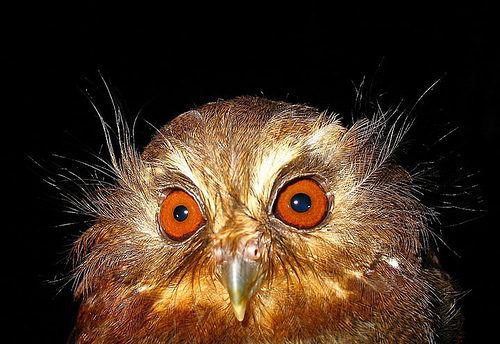
Long-whiskered Owlet Xenoglaux loweryi. Photo: ECOAN/ABC


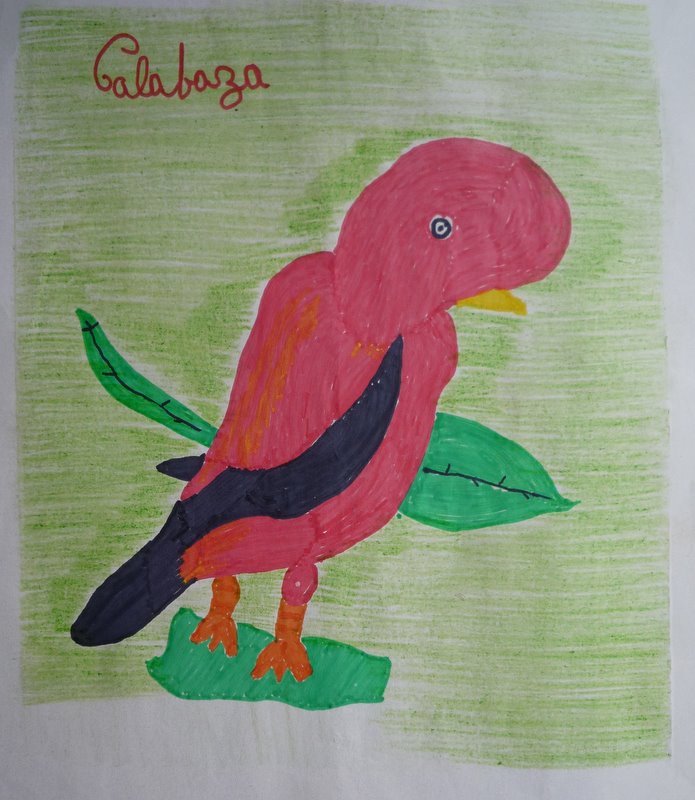
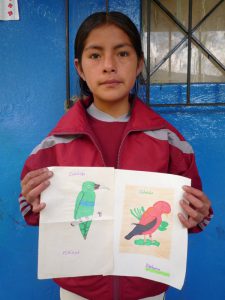
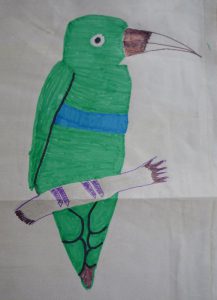
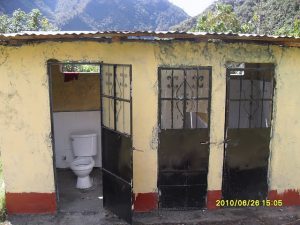




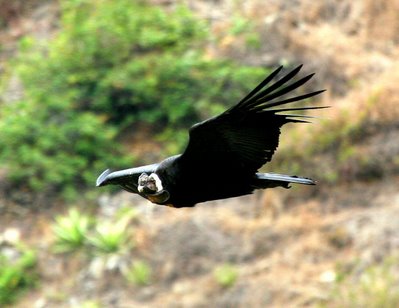


 That this area has very good wildlife is indicated by the finding on our excursion of this cat. It is a Pampas Cat Leopardus pajeros. (Thanks to Javier Barrio and Eduardo Ormaeche for pointing in the right direction to its identity.)
That this area has very good wildlife is indicated by the finding on our excursion of this cat. It is a Pampas Cat Leopardus pajeros. (Thanks to Javier Barrio and Eduardo Ormaeche for pointing in the right direction to its identity.)